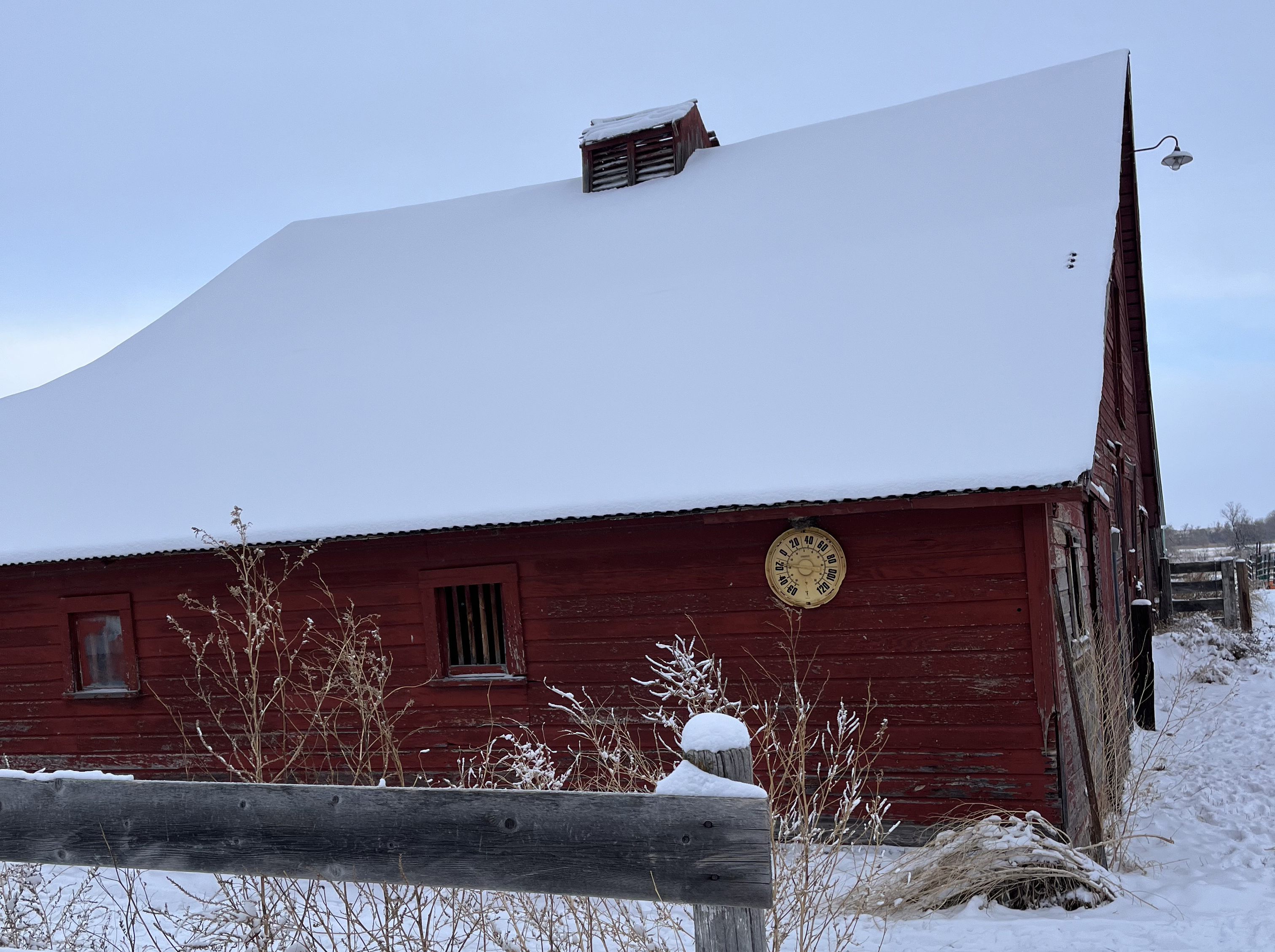
As wintry, cold weather hits with sub-zero temperatures, there's not much room for error in cold weather preparedness. Cattle producers can't just stay indoors when the weather gets cold. However, since a producer's most valuable assets are the humans who have to be out in the cold, it's important to recognize when it's time to take a break and warm up, or adjust the work, equipment or gear to make sure the people are prioritized in cold weather.
While a lot of us may have grown up with parents or grandparents who reminded us to put on an undershirt, make sure there's plenty of fuel in the vehicles, the tires are aired up, the jumper cables are under the seat and our feet are toasty in wool socks, there are a few things our grandparents didn't have to deal with.
Cold effects on cell phones
Cold drains the battery life of your cell phone (this article in Live Science explains the technical reason why). If you're relying on your cell phone as a safety net in the cold, make sure you're keeping it warm, and using it as little as possible while exposed to cold. If the battery does die, allow the phone to warm up before you charge it to avoid damaging the battery.
But damaging your cell phone isn't much of a concern compared to the damage cold weather can do to humans.
Cold weather health concerns
This information was taken from Cold Weather Safety, a printable flyer produced by University of Nebraska Medical Center's Central States Center for Ag Safety and Health.
Read below for how to prevent, recognize and respond to frostbite, trench foot and hypothermia.
Frostbite
Frostbite happens when skin tissue freezes, resulting in cell damage. It is caused by cold temperatures and low windchill. Fingers, toes, cheeks, nose, and ears are commonly affected.
Symptoms
- Uncomfortable sensations of coldness
- Tingling, stinging or aching feeling
- Numbness
- The area looks white and is cold to the touch in the beginning, then feels warm and has redness and swelling.
First Aid Treatment
- Move victim to warm area
- Treat affected areas with warm water (102°-110°F)
- Avoid rubbing frostbitten areas
- Do not rewarm affected areas if there is a chance of refreezing
- Get medical assistance as soon as possible
Trench Foot
Trench foot is vascular damage that happens when there is long, continuous exposure to wet and cold environments, or immersion in water/another liquid.
Symptoms
- Tingling and/or itching sensation
- Pain
- Swelling
- Blisters
- Bleeding
- Tissue death/gangrene
First Aid Treatment
- Move victim to warm area
- Treat affected areas with warm water (102°-110°F) or warm packs
- Get medical assistance as soon as possible
General Hypothermia
General hypothermia is the loss of body heat with prolonged exposure to the cold. This can be accelerated when a person is wet because of sweat or working in a wet environment.
Hypothermia is commonly associated with very cold temperatures, but most cases of hypothermia develop in air temperatures between 30° and 50°F.
Initial Symptoms
- Uncontrollable shivering
- Feeling of cold
- Confusion
- Carelessness
- Disorientation
First Aid Treatment
- Move victim to warm, dry area
- Remove wet clothing
- Apply warm blankets for insulation
- Offer warm non-alcoholic and caffeine-free drinks
- Get medical assistance as soon as possible
Prevention
Workers can:
- Wear proper protective clothing.
- Wear at least 3 layers:
- Outer layer to break the wind
- Middle layer of wool, down, or synthetic pile to absorb sweat
- Inner layer of cotton or synthetic weave to allow ventilation
- Have a change of clothing available
- Keep their head, hands, and fingers covered with hats and gloves
- Wear shoes that protect against cold and wet
- Avoid wearing dirty or greasy clothes
- Recognize symptoms of cold-related health problems
- Learn first aid treatment for cold-related health problems
Employers can:
- Provide on-site sources of heat (air jets, radiant heaters, etc.)
- Provided a heated shelter for workers who experience prolonged cold exposure
- Shield work areas from wind
- Use thermal insulating material on handles of equipment when temperatures are below 30°F
- Allow workers to set their own pace and take breaks as needed
- Shift activities indoor when possible